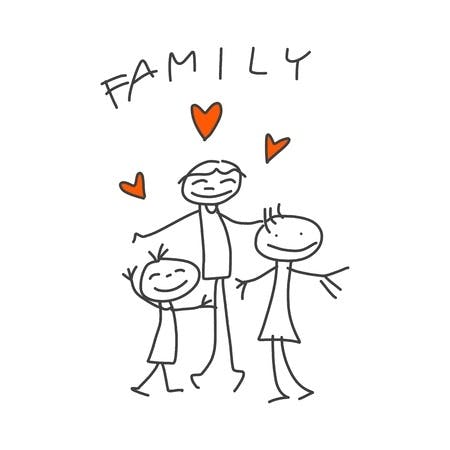“At this organization, family comes first.”
This phrase is used so commonly by companies recruiting employees that its weight and meaning have almost disappeared. Don’t get me wrong. The words carry the most noble of intentions. But this is one of those claims that’s often uttered and rarely embraced.
In honor of National Work and Family Month, which is being celebrated throughout October, it’s time to take a look at whether we – as business owners – are living up to our end of the bargain. When we tell employees “family comes first,” do our actions really match our words?
New report on marriage
Recently released information from the U.S. Bureau of Labor Statistics shows that for the first time in American history more than half of the adult population is single. More than one in two American adults are not legally attached right now, and 30 percent of the have never married at all.
Does that mean fewer employees have a family life outside the office than ever before? No, it doesn’t.
I didn’t see this report and assume that most of my employees are now going home to an empty apartment. But I will tell you this: my first reaction was to look at my HR policies and make sure they said what I intended for them to say.
Today’s concept of “family” is fluid
Family is an interesting concept. It’s not a word with a finite, concrete definition.
Decades ago, it pretty much meant a man, a woman, a marriage certificate, and probably a few kids. But in 2014, that’s an antiquated idea. Today, families exist in endless variety.
Some involve marriage. Some involve legal guardianship. Some involve a domestic partnership. And some involve none of these things.
As the business community, it’s our responsibility to make sure that the support systems we provide to our employees and their families reflect the times. Even as progressive as we consider ourselves as a nation, the reality is that we live in a world where one-third of the Fortune 500 still don’t extend health care benefits to same-sex couples.
So when we tell employees that our benefits and support structures are family friendly, we need to make sure we’re right.
Giving employees what they need
The leaders of every company operating today need to take a long look in the mirror and answer a few simple questions:
- Are we giving our employees the emotional, physical, and practical support they need to be successful?
- What benefits and types of support are we extending to dependents and families?
- Are these things available to all families, or just some?
- And, is this really how we want it?
When we offer certain benefits and well-being programs to families that fit the 1950s definition, we need to make sure the same holds true for those that meet the 2014 standard. That’s not statement grounded in politics or religious ideology. It’s simply a reflection of an evolving reality in the business world.
Do your policies match your rhetoric?
Employees and their families are more diverse than ever. What we do for one, we should do for all. If we don’t, business will suffer because good employees won’t work for organizations that play favorites for very long.
So next time you tell a new hire or a job candidate “at this organization, family comes first,” make sure your actions – and your policies – speak as loud as your words.
